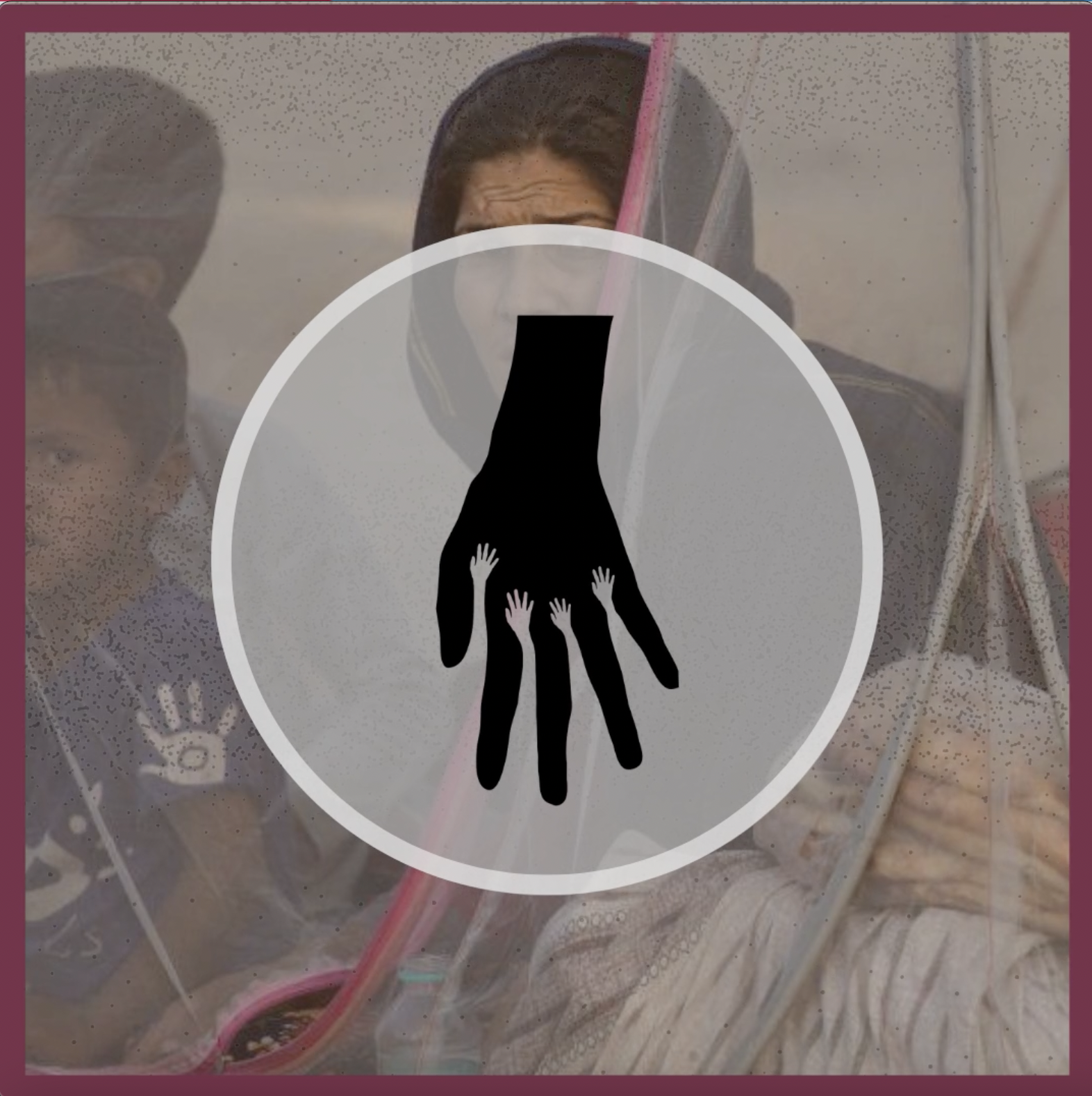Hers is a story that changed the biology we knew for ever. A story that exudes hard work and determination. Hers is a story that makes my blood boil.
Rosalind Franklin was a British Chemist who transformed the world of biology with a single photograph. Her mastery of x-ray diffraction techniques led to the discovery of the double helix (twisted) structure of DNA in 1952, unveiling “the secret of life”. However, her discovery was shared by her own colleague with competing scientists without her knowledge, let alone consent. This collection of remarkable men went on to win the 1962 Nobel Prize in Physiology or Medicine for their model of DNA.
Rage setting in, yet?
Rosalind grew up in London and attended Cambridge University where she earned her Ph.D. in physical chemistry. She went on to work as a research officer, studying the porosity (fraction of holes) of coal at the British Coal Utilisation Research Association. She then moved to Paris and began work at the Laboratoire Central des Services Chimiques de l’Etat. This is where she learned, alongside crystallographer Jacques Mering, X-ray diffraction techniques. She soon mastered the practice, which eventually led to her discovery of the double helix structure of DNA.
It was while she was working at King’s College London as a research associate when she had the misfortune of becoming associated with Maurice Wilkins. Her colleague who went on to entirely blindside and backstab her. Her expertise in x-ray diffraction and imaging was ideal for studying the then little- understood structure of DNA fibres. Working with a student, Rosalind differentiated between two forms of DNA- an “A” form and a “B” form.
And then came the fireworks. Well, more a bleary x-ray image of a DNA strand from a human calf tissue. Photo 51– explaining “the secret of life”. It was the most clear image of the subunit of our genome and proof of the double helical structure of DNA. It changed the world of biology, birthed our understanding and application of genetics, enabled our ability to engage in CRISPR or genetic modification, and led to answers to diseases we could not find before.
“the most important photo ever taken”
– ScienceMag

But hold on. Women hadn’t earned the right to eat in the dining rooms at King’s college by then. What made us think Rosalind would be given the privilege of being credited with her own discovery? Wilkins took the photo (permission? Ha!) over to his friends and a competing pair of scientists, Watson and Crick at Cambridge University, who immediately recognised the significance of what Rosalind had found. This dynamic duo had been “working” on a DNA model since 1951. And when I say working, do not mistaken it for an implication that they were conducting any genuine experiments of their own. No, no. While Rosalind spent 100 hours on photographing a single image, the great Watson and Crick played with cardboard sticks and balls, moulding their “model” into the shape of the latest research published around them.
When they saw Rosalind’s undebatable image, all things fell right into place for their DNA model and their lives. They wasted no time and in 1953, published their “landmark findings” in the Nature journal. In 1962, Watson and Crick (and Wilkins, too, of course) received the Nobel Prize for their revolutionary model of the DNA. Franklin passed away 4 years earlier of ovarian cancer, uncredited for her vital contribution to the structure of the DNA, biology, science and the world.
But, you know, women. We eat a tub of ice cream, put our hair in a bun and move on. And that is exactly what Rosalind did. She literally moved to Birkbeck College where she carried out significant work on the structure of the tobacco mosaic virus, mostly while already battling cancer. Rosalind demonstrated that the RNA molecule consisted of a single strand, unlike the DNA molecule. She also proved that the proteins of the tobacco mosaic virus “formed a spiral hollow tube with RNA wrapped around it.” This work was of great significance in the area of polio virus research and helped pioneer the field of structural virology. Aaron Klug, her mentee, completed this work after her death and published it in her memory. Yes, a supportive male colleague. He later went on to win a Nobel Prize.
Despite having her great discovery stolen from her, Rosalind moved on to receive much success in her work. She paved her way, despite becoming the poster woman for the Matilda Effect (“the practice of ascribing women’s accomplishments to men”); despite graduating Cambridge at a time when women were not yet allowed a degree award; despite lower pay, and despite constant battles of sexism.
“As if being a woman isn’t hard enough, try being a woman in science.”

Although there was a lot of wrong, let us not overlook the right. In 1997, Australian astronomer John Broughton discovered an asteroid between the orbits of Mars and Jupiter from Reedy Creek Observatory, Queensland. As a tribute to Rosalind and her death without due credit for her contribution to “arguably the scientific breakthrough of the century”, he named the asteroid ‘9241 Rosfranklin’. Cue the tears.
A fitting tribute: 9241 Rosfranklin.
Ladies, Rosalind Franklin is not supposed to represent the grace with which abominable acts of man can be taken. She is not supposed to be the inspiration of how to move on and continue to achieve. That was her goodness and kindness. Her story, it changed the scientific world for me. Its the one that got me mad about how people think about women in the field. And its the one that got me determined to show them just how wrong they are. Thats what Rosalind Franklin is. The example. The voice her story created in so many women will resonate for decades, if not longer. Your intellectual property and ability is your right. Use her example to never let anybody take that from you or tell you otherwise. And if there are still questions, send them our way so we can let them know,
“Women in Science? Shocker, we exist.” 🙂
If you like this post, you might like some of our other work too!
- March 2022
- August 2021
- July 2021
- June 2021
- May 2021
- April 2021
- March 2021
- February 2021
- January 2021
- December 2020
- November 2020
- October 2020
- September 2020
- August 2020
- July 2020
- June 2020
- May 2020
Subscribe to help us keep you updated each time we post something new!




Leave a Reply